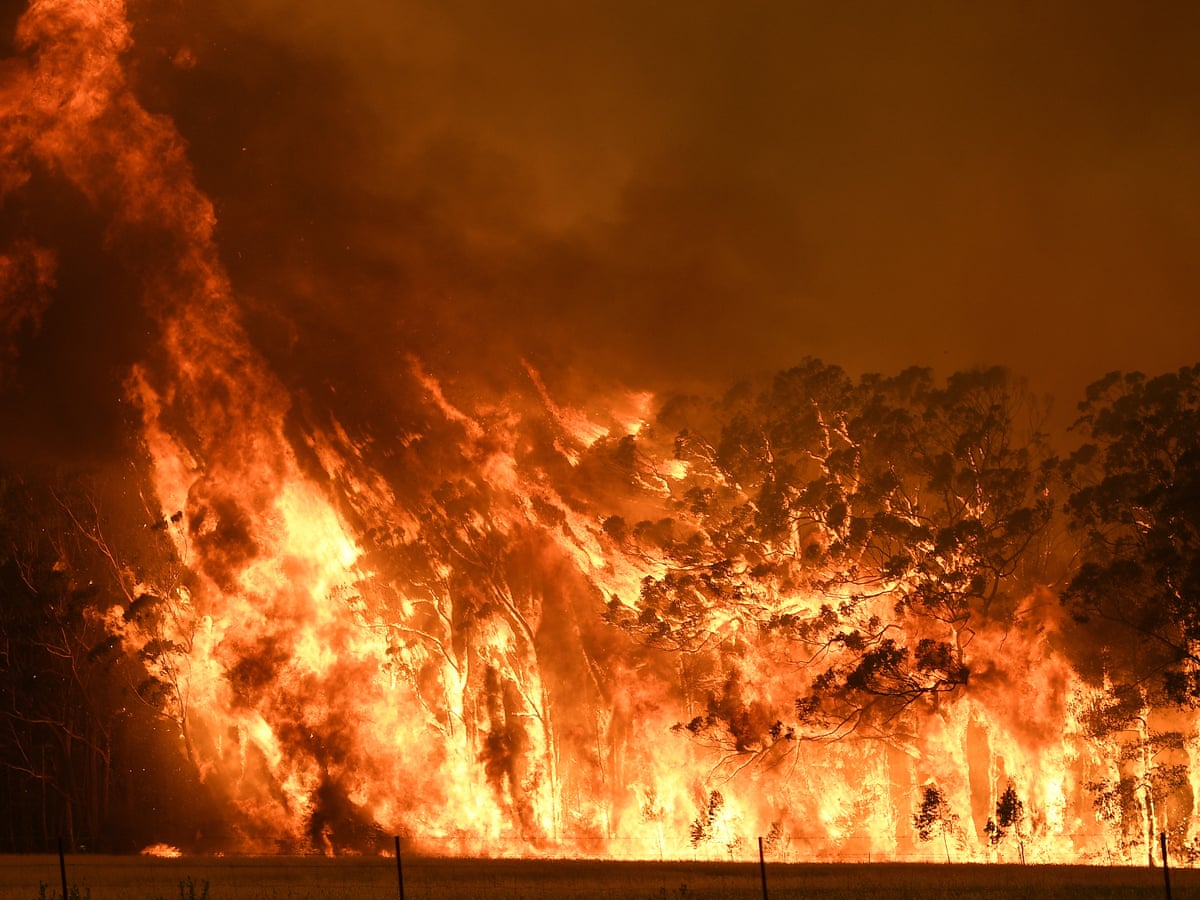Ensuring Shrub Fire Protection Through Proper BAL Report Analysis
In the world of bush fire protection, the precise analysis of Bushfire Attack Degree (BAL) reports stands as a foundation for guarding buildings against the devastating effect of wildfires. With ecological elements and residential or commercial property features playing significant roles in establishing the level of danger, a thorough understanding of BAL scores ends up being vital. The genuine essence lies not simply in understanding these reports however in understanding them properly to develop customized fire defense approaches. By delving into the significance of BAL record evaluation, we reveal a world where informed decisions lead the path in the direction of reinforcing building security and resilience in fire-prone areas.
Comprehending Bushfire Strike Degree (BAL)
In the world of bushfire protection, understanding the Bushfire Attack Degree (BAL) is extremely important for making sure reliable reduction strategies. Comprehending the BAL score of a home is vital for home policymakers, contractors, and owners to execute suitable procedures to secure versus bushfire risks.

Importance of BAL Record Evaluation
An essential facet in bushfire defense preparation entails the thorough evaluation of BAL records to analyze the possible threats and establish ideal reduction methods. BAL reports supply essential info regarding the prospective impact of bushfires on a residential or commercial property based on numerous aspects such as plants type, range to prospective fire dangers, and slope of the land. Analyzing these reports with accuracy is paramount in creating efficient bushfire security measures customized to the details threat account of a building.
Applying Fire Security Steps
Executing effective fire defense procedures is critical for guarding properties in bushfire-prone locations. Among the key means to improve fire security is by producing defensible area around structures. This includes cleaning flammable vegetation, such as completely dry fallen leaves and branches, within a particular radius of the building. Additionally, mounting fireproof roofing products can aid minimize the risk of ashes firing up the roofing system during a bushfire. Effectively preserved displays and rain gutters are also important to avoid particles accumulation that might fuel a fire.
Additionally, having a appropriate and well-kept water supply, such as a storage tank or pool, can aid firefighters in their initiatives to safeguard the home. BAL Report. Overall, applying a combination of these fire defense steps can dramatically enhance the chances of guarding residential properties during bushfire occasions.
Mitigating Dangers in Fire-Prone Locations
To strengthen residential or commercial properties against bushfire hazards, a critical focus on mitigating dangers in fire-prone locations is imperative. One essential aspect of risk mitigation is keeping defensible room around residential or commercial properties by removing combustible plant life, ensuring adequate spacing between structures and trees, and employing fire-resistant landscaping methods.
In addition, creating or retrofitting buildings with fire-resistant materials and making certain proper maintenance of roofing systems, rain gutters, and exterior cladding can significantly improve the building's durability to bushfires. Exercising a bushfire and creating emergency plan with all occupants, consisting of discharge treatments and communication techniques, is also important in mitigating dangers efficiently. By adopting an aggressive strategy to take the chance of mitigation in fire-prone areas, home owners see it here can better shield their possessions and improve overall bushfire readiness.
Ensuring Building Safety And Security and Durability
Making certain the safety and durability of homes in fire-prone locations needs an unwavering commitment to robust precautionary steps and critical planning. Residential property security starts with executing efficient procedures to reduce fire dangers.
Resilience, on the various other hand, entails the capacity of a residential or commercial property to stand up to and recuperate from a bushfire. This can be boosted through the setup click this link of ember guards on windows and vents, guaranteeing that entrance points for embers are minimized. Additionally, having a well-balanced discharge plan and practicing it frequently can considerably increase residential property durability. Collaborating with next-door neighbors and regional fire authorities can likewise bolster the safety and security and strength of residential or commercial properties in fire-prone areas. By proactively addressing these facets, residential property owners can better protect their properties and liked ones from the threat of bushfires.
Final Thought
Finally, making sure bushfire protection with correct BAL report evaluation is vital for understanding the degree of risk postured by bushfires and executing essential fire protection actions. By mitigating dangers in fire-prone locations and making sure home safety and security and strength, communities and people can better prepare for and reply to bushfire occasions. It is important to focus on fire safety procedures to shield lives and residential property in these risky atmospheres.
In the world of bush fire protection, the careful analysis of Bushfire Strike Level (BAL) reports stands as a keystone for securing residential properties versus the terrible effect of wildfires (BAL Report). Recognizing the BAL ranking of a residential or commercial property is vital for residential or commercial property owners, builders, and policymakers to implement suitable procedures to guard versus bushfire threats

BAL reports give essential info concerning the prospective influence of bushfires on a residential property based on different variables such as vegetation type, range to potential fire dangers, and incline of the land (BAL Report). In general, carrying out a mix of these fire protection steps can dramatically enhance the opportunities of protecting buildings during bushfire Learn More occasions